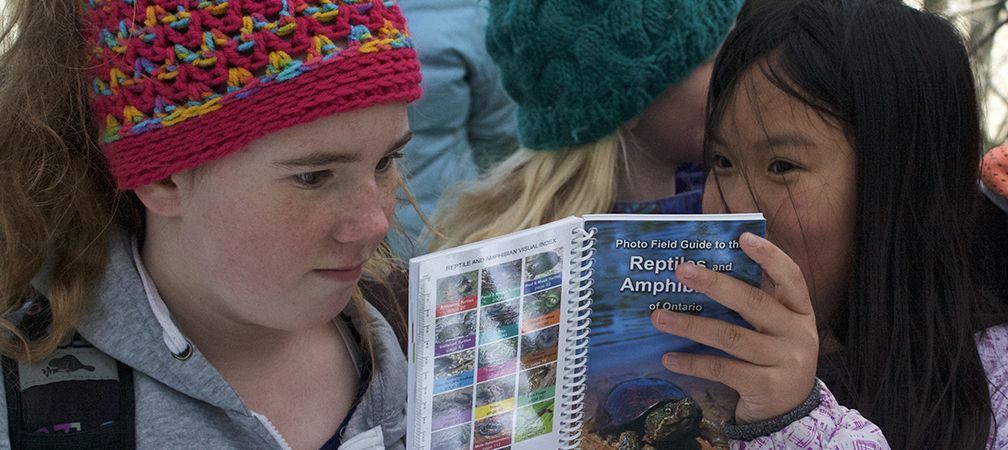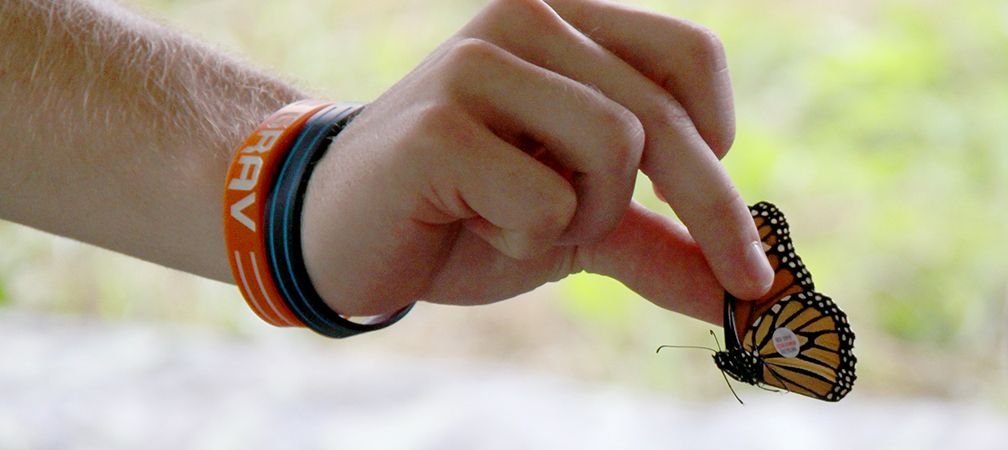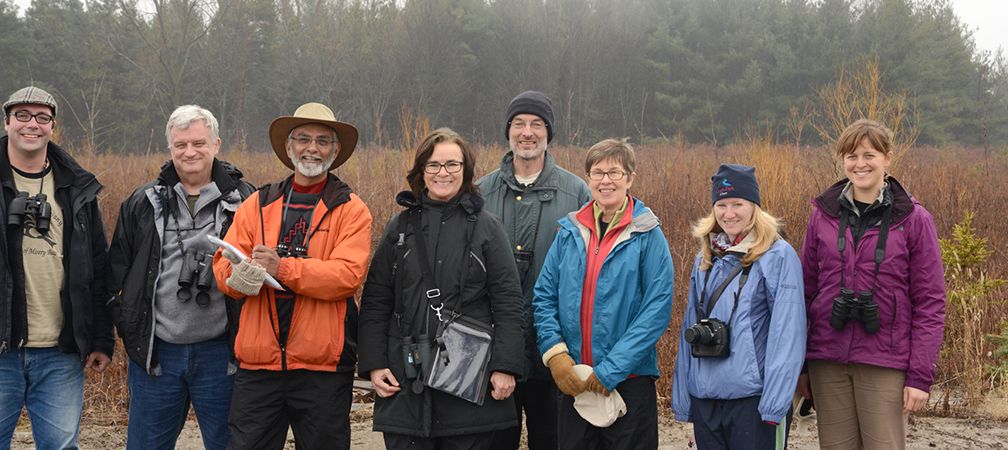Ontario Nature Blog
Receive email alerts about breaking conservation
and environmental news.
© Lora Denis
Vertebrate bioblitz. Ontario Nature Youth Summit 2019 © Noah Cole
Where would science be without contributions from the public? While trained scientists are regarded as experts, every academic and professional scientist was, at some point, a novice themselves. In fact, some of the most important discoveries have been made with the help of everyday nature enthusiasts. These groups of keen naturalists, who excel in place-based knowledge, offer diverse skills towards a shared curiosity for nature.
Now more than ever, volunteers and community relationships play an important role in scientific research, and our language needs to adapt to reflect this.

The discourse surrounding the use of “Citizen Science” versus “Community Science” highlights the need for inclusive language. The word “citizen” can carry unintended associations to nationality and exclusivity and puts a focus on contributions made by individuals.
While community research projects can be local in scale, they have the potential to span multiple regional and international borders, and often include multinational participants. A good example of this is the monitoring of bird migration timing and routes, or projects that track the movements of monarch butterflies. The organized efforts of entire naturalist communities and the cross-border collaboration between these groups is the foundation of important work. In this way, nationality has no bearing on who can contribute to scientific research, and citizenship is not a fundamental identity that defines participants.

Moving forward, Ontario Nature will be adopting the term Community Science when referring to our former Citizen Science Program. This shift is guided by efforts to be more inclusive of members’ various backgrounds, give participants greater agency to lead research efforts by way of collective action, and reflects the value of interpersonal relationships within and between communities.
This shift marks an effort to support ongoing dialogue about how to expand participation in the field of conservation science and invites us to question our approaches to ensure they are inclusive and accessible to all.

Earlier this year marked the start of the third Ontario Breeding Bird Atlas (Atlas-3). If you are looking for ways to connect with other birding enthusiasts and contribute to our understanding of breeding birds across the province, visit: Ontario Breeding Bird Atlas.
Receive weekly email alerts about breaking conservation and environmental news.

Gananoque Lake Nature Reserve © Smera Sukumar